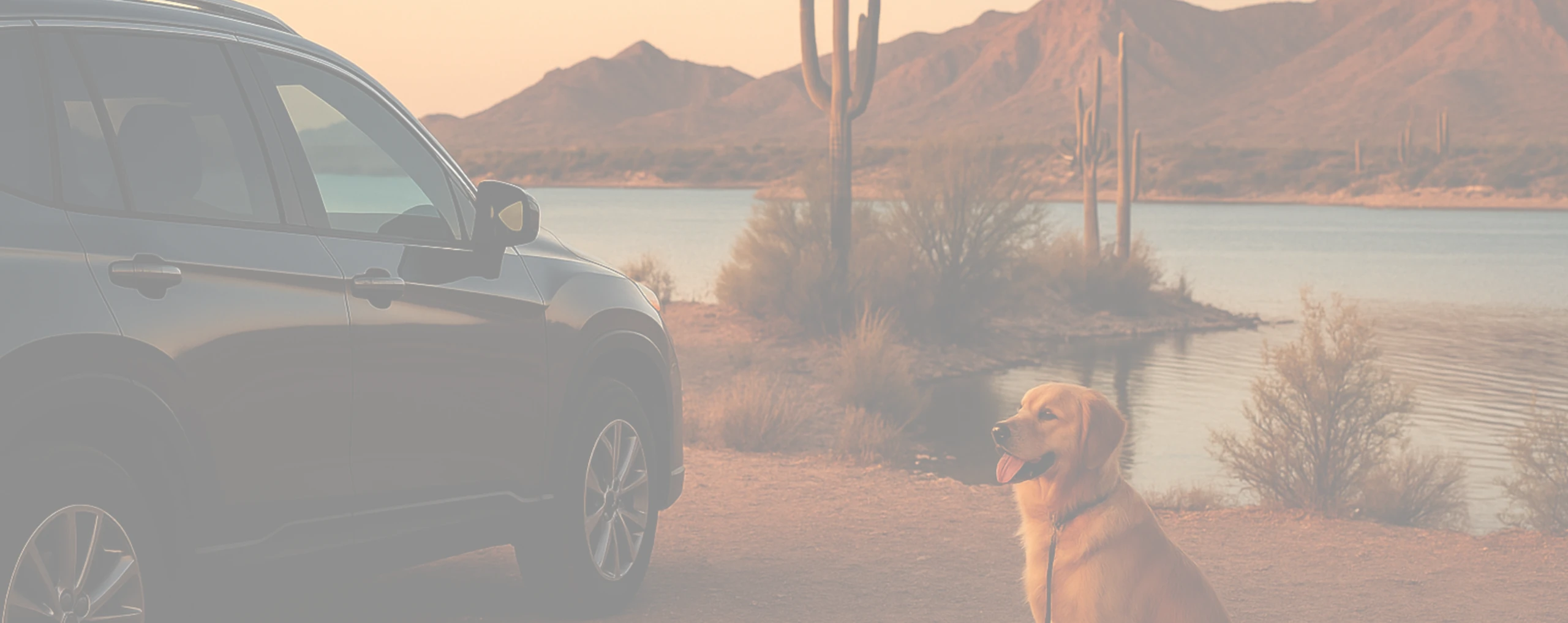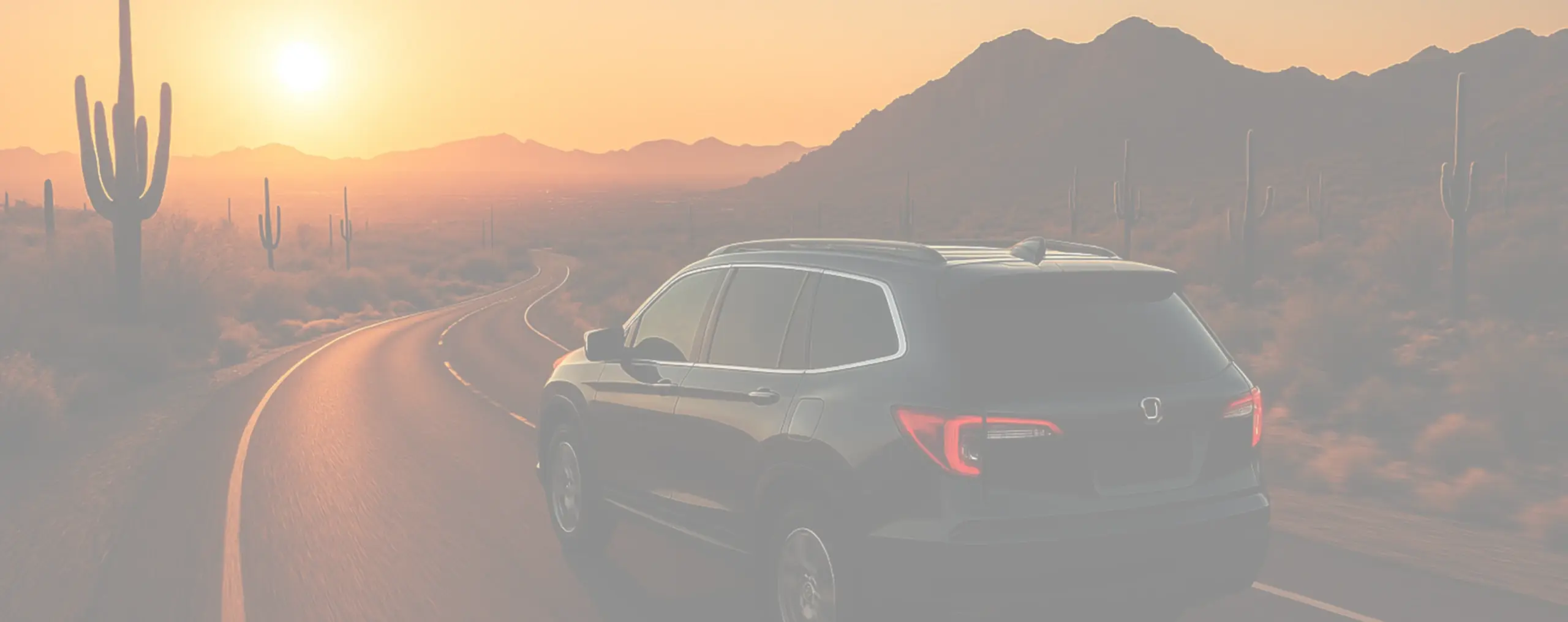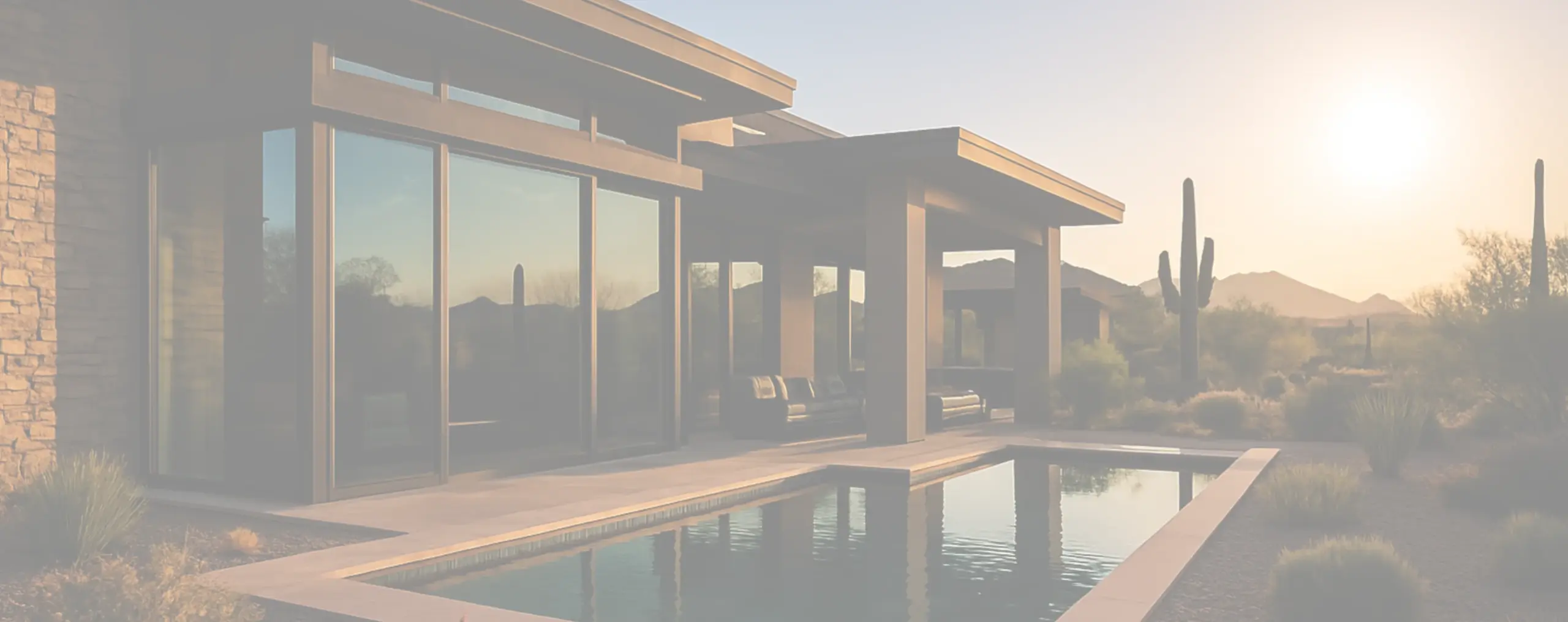Overnights in the desert are unforgettable—until your cabin turns into a heat sink or dawn glare blasts through the glass. If you car-camp, overland, or pull into sites around Arizona State Parks (from Phoenix-area favorites to Tucson’s Catalina and Picacho corridors), a camping-ready window tint setup helps you sleep cooler, wake clear, and keep gear discreet without a “blacked-out” look. Start planning your next trip with the Arizona State Parks camping resources.
Whether you’re sleeping in a compact SUV, a lifted truck with a rooftop tent, or a simple hatchback with the seats folded flat, your vehicle becomes your bedroom, storage locker, and shade structure all at once. The same glass that gives you great views during the day can turn into a liability at night if it’s not managed well. A smart tint setup is like adding a layer of “camping logic” to your windows—helping the vehicle work with the desert instead of against it.
Why Camping Feels Hotter (Even at Night)
After a day on the road, your vehicle stores radiant heat in glass, trim, and upholstery. Infrared (IR) energy keeps the cabin warm long after sunset. Quality ceramic films target IR and block the vast majority of UV—so the cabin sheds heat faster, surfaces feel cooler to the touch, and interiors age more slowly.
Anyone who has tried to fall asleep in their car after a long summer drive knows the feeling: the outside air finally cools off, but the inside of the vehicle still feels like it’s holding onto the afternoon. That “stored heat” is exactly what IR-focused tint is designed to fight. Instead of glass and trim acting like a thermal battery, they absorb less heat in the first place and give it up more quickly once the sun drops.
UV protection matters even when you’re not driving. If you spend a season chasing campsites around the state, the combination of intense sun and dust can fade fabrics, dry out leather, and make plastics look older than they are. A camping-focused ceramic film helps protect seatbacks, sleeping pads, and soft gear you keep in the cargo area so your setup still looks and feels solid after many trips.
The Camping-Ready Tint Spec (Comfort Without Over-Darkening)
- Front doors: Use a lighter, legal VLT for clear night visibility; rely on high-IR-rejection ceramic for the cooling effect.
- Rear section: One to two steps darker for sleep privacy and steadier overnight temps.
- Windshield (where permitted): A clear ceramic layer trims IR heat; add a legal sun strip to soften dawn glare.
- Roof/panoramic glass: Clear, high-IR film reduces overhead heat load without changing the open-air feel.
- Non-metal, color-neutral: Choose signal-safe ceramics (no GPS/cell interference) with a neutral gray tone for natural views.
This type of spec keeps the driving experience safe and legal while making the “camping side” of your vehicle more comfortable. Lighter fronts mean you can safely navigate dark forest roads, campground loops, and unlit highway stretches after sunset. Darker rear glass turns the back of the vehicle into a more private sleeping nook and helps your bedding and gear stay out of direct view when you leave the car to hike or hit the lake.
For overlanders with roof racks, awnings, or rooftop tents, a clear IR film on pano glass and windshields is a big quality-of-life upgrade. It doesn’t change the view of the stars or your ability to see trail obstacles, but it slows down the rate at which your cabin heats up when you roll into camp on a hot afternoon. By the time you’re ready to crash for the night, the interior feels more like the surrounding air instead of a preheated oven.
Sleep Privacy Without the “Lantern Effect”
Interior lights at night can turn untinted windows into display cases. A camping-ready tint reduces sightlines while keeping optics clear for driving. Pair it with simple blackout shades or window socks at camp for total privacy, then stow them before you roll.
The “lantern effect” is what happens when you turn on a dome light or plug in a small lantern: every untinted window around you glows, putting your entire setup on display. With a thoughtful tint level on the rear section, you instantly cut down on what casual passersby can see, even before you add any extra curtains or shades.
Simple add-ons like magnetic curtains, windshield covers, and slip-on mesh “window socks” over the rear doors work perfectly with tint. The film handles heat and daytime glare, while the removable pieces take care of full blackout when it’s time to sleep. In the morning, you pull them off, open the doors, and your vehicle is instantly back in “drive mode” without anything flapping around or blocking sightlines.
Dawn & Dusk: Glare Control That Still Drives Safe
Low-angle sun is toughest when you’re breaking camp or returning at sunset. A legal sun strip and color-neutral film reduce eye strain and keep displays readable—without pushing the front windows too dark for night driving.
Most Arizona State Parks have check-out times that land you squarely in that early-morning or late-afternoon light. When the sun rides low across the horizon, even clean glass can light up with reflections, turning small imperfections into bright streaks. A neutral tint paired with a properly sized sun strip takes the edge off those beams so you can focus on wildlife near the shoulder, trailhead signs, and navigation instructions.
Because the films are color-neutral, the world outside still looks natural. Roadway markings, brake lights, and hazard lights remain easy to read, and your dash displays don’t pick up any strange color cast. Instead of squinting your way through the drive in or out of camp, you get a softer, more balanced view that’s easier on tired eyes.
Ventilation, Bugs & Condensation
- Crack & screen: Vent windows slightly with mesh screens to move humid air out while keeping insects out.
- Defog smart: Use fresh-air mode briefly at wake-up; tint helps glass warm less, so fog clears faster.
- Cure window: After a fresh install, follow the shop’s cure time before rolling windows down.
Managing airflow is just as important as managing temperature. Even in cooler months, breathing and cooking inside or near the vehicle can add moisture to the air. Tinted glass that absorbs less heat helps keep condensation under control, especially when paired with smart venting. Small mesh screens or window socks let you crack the glass just enough to move air without inviting in mosquitos and desert bugs.
On crisp mornings, switching briefly from recirculate to fresh air with gentle heat can clear fog faster than blasting the defroster at full power. Because ceramic tint keeps the glass from getting as cold or as hot in the first place, those temperature swings are milder, and fog tends to lift more quickly. After a new install, following cure instructions means your film has a chance to settle before you introduce repeated window-down cycles on dusty roads.
Quick Campsite Routine (2-Minute Checklist)
- Park with the windshield away from rising sun when possible.
- Deploy reflective shades up front; let tint handle the rest.
- Stow valuables below the beltline before arrival.
- Crack screened windows a touch for overnight ventilation.
- Wipe dust with a plush microfiber; don’t drag grit across film.
This quick routine takes less than two minutes but pays off all night. A small adjustment in parking angle can mean the difference between harsh sun on your face at sunrise and a more gradual warm-up. Shades plus tint keep the sleeping area dim and cooler, while stashing valuables below the window line and in closed compartments makes your setup less interesting to anyone walking by.
Dust management matters for long-term tint performance, especially at dirt and gravel sites. Giving the inside of the glass a gentle wipe with a clean microfiber before bed keeps smudges from turning into glare streaks when the morning light hits. Outside, a quick rinse or brush-off after trips on dusty access roads helps preserve the clarity and life of your film.
Get Camping-Ready with ClearView
Ready to sleep cooler and wake clear on your next Arizona adventure? The team at ClearView Glass & Tint installs premium, non-metal, color-neutral ceramic films tailored to overlanding and car-camping comfort.
Whether you’re chasing weekends at Phoenix-area lakes, planning a loop through Catalina, Picacho, and other Tucson corridor parks, or building out a dedicated overland rig, the right tint package becomes part of your core camping system. It protects your interior, supports better sleep, and makes dawn departures and dusk arrivals less punishing on your eyes.
Work with a shop that understands both Arizona heat and real-world camping habits, and you’ll end up with a setup that feels natural every day—not just when you’re on the trail. With a camping-ready tint installed, you can focus on the fun parts of the trip—picking the site, loading the cooler, and catching that desert sunrise—knowing your vehicle is already dialed in for comfort and privacy.
Written by Thomas McDonald
Latest Articles, Industry News & Expert Insights
Stay informed with updates, expert perspectives, and practical guidance on glass repair, replacement, and window tinting across automotive, residential, and commercial applications.







